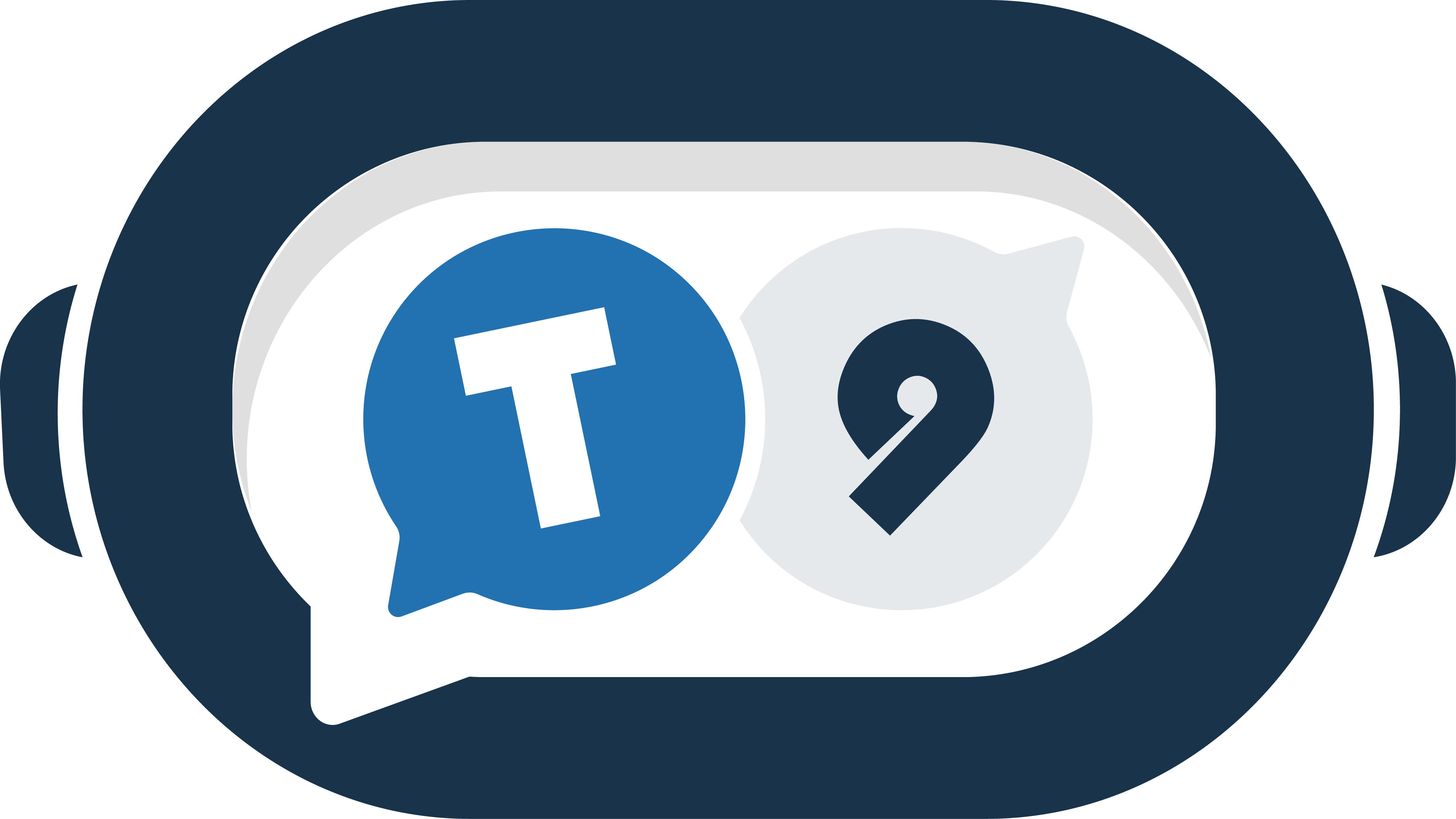Real-world data (RWD) is data that is routinely collected outside of the clinical trial setting. It can come from a variety of sources, including electronic health records (EHRs), medical claims databases, and wearable devices.
RWD is revolutionizing science in a number of ways. First, it is providing scientists with access to a much larger and more diverse dataset than was previously available. This is because RWD can be collected from millions of people around the world, regardless of whether they have participated in a clinical trial.
Second, RWD is allowing scientists to study the long-term effects of treatments and interventions. Clinical trials are typically short in duration, so they may not be able to capture the long-term effects of a treatment. RWD, on the other hand, can be used to study the long-term effects of treatments over many years.
Third, RWD is helping scientists to identify new targets for drug discovery and to develop more personalized treatments. For example, Astellas is using a precision medicine software to unlock translational insights from real-world data. By analyzing RWD, scientists can identify patterns and trends that may not be evident from clinical trials. This information can then be used to develop new drugs and treatments that are more targeted and effective.
Here are some specific examples of how RWD is being used to revolutionize science:
- Identifying new risk factors for diseases: RWD is being used to identify new risk factors for diseases such as cancer, heart disease, and Alzheimer’s disease. This information can then be used to develop new screening programs and prevention strategies.
- Developing more effective treatments: RWD is being used to develop more effective treatments for diseases such as cancer, HIV/AIDS, and diabetes. For example, RWD has been used to identify new drug combinations that are more effective against cancer.
- Personalizing treatments: RWD is being used to personalize treatments for patients based on their individual characteristics. For example, RWD has been used to identify genetic mutations that make patients more or less responsive to certain cancer treatments.
Overall, RWD is a powerful tool that is revolutionizing science. It is providing scientists from the big biopharma with access to a larger and more diverse dataset, allowing them to study the long-term effects of treatments and interventions, and helping them to identify new targets for drug discovery and to develop more personalized treatments.
Challenges and opportunities
While RWD is a powerful tool, there are also some challenges that need to be addressed. One challenge is that RWD can be noisy and incomplete. This means that it is important to carefully clean and analyze RWD before using it to draw conclusions.
Another challenge is that RWD can be difficult to compare across different datasets. This is because different healthcare systems collect and store data in different ways. However, researchers are developing new methods to harmonize RWD from different sources.
Despite these challenges, RWD offers a number of opportunities for scientists to improve human health. By leveraging RWD, scientists can develop new and better ways to prevent, diagnose, and treat diseases.





